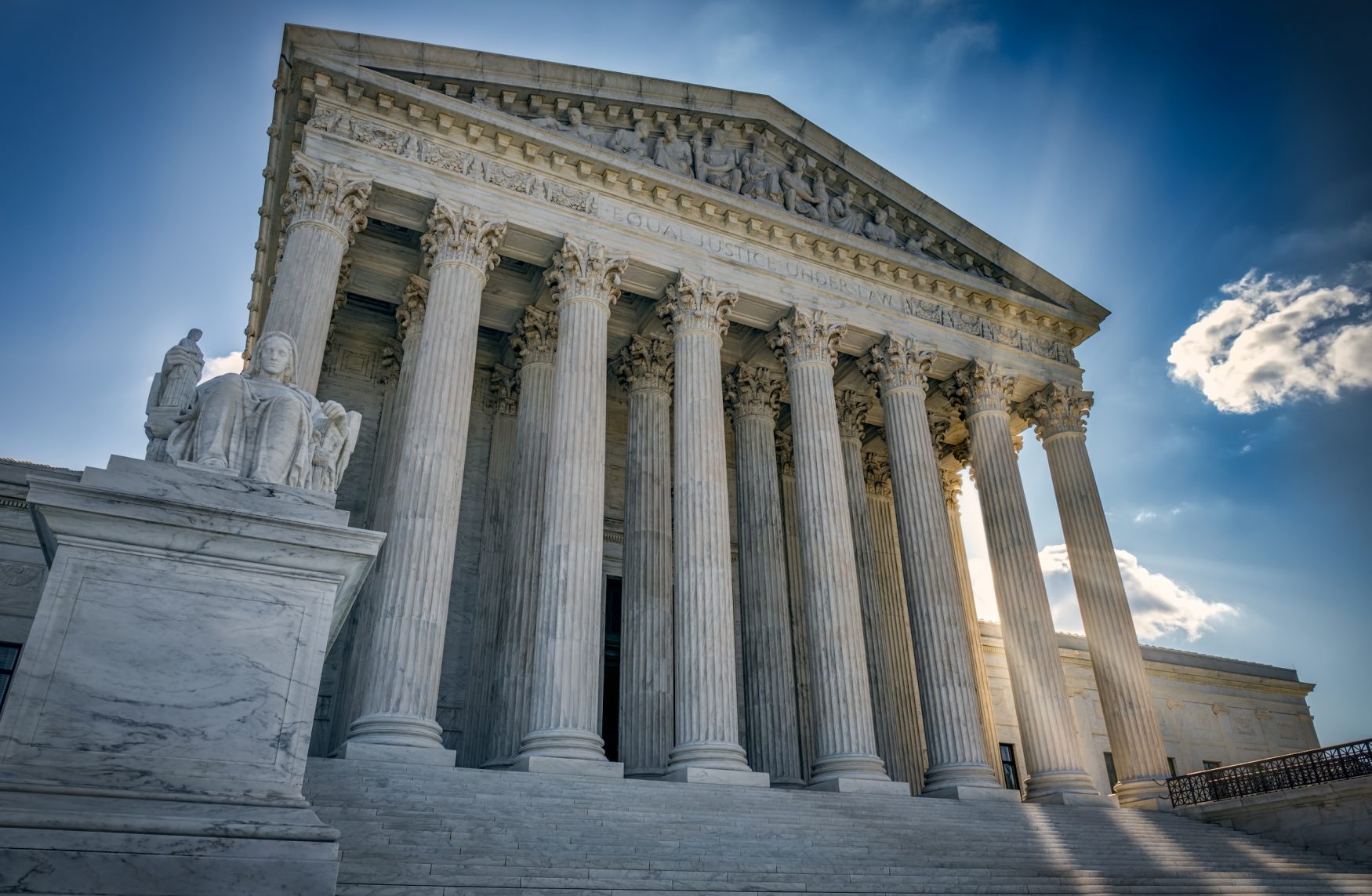
State Supreme Court Rules Do Not Consistently Apply to Justices
State Supreme Court Rules Are Subject to Interpretation.
Increasing numbers of cases in which a state Supreme Court rules in favor of insurance companies rather than insured consumers, despite of clearly presented evidence to the contrary, are sparking concern about unethical practice among Supreme Court judges.
This is not to say that the plaintiffs are always right in insurance disputes, but when the evidence of the case clearly establishes the wrongdoing or negligence of the insurance companies, the decisions should reflect that.
Instead, the pro-insurance-company trend suggests corruption within some state Supreme Courts where vested interests may determine the outcomes rather than evidence.
One such case was decided on June 30, 2008 by a panel of five judges who were split 3-2 on the case.
In this case, a smaller company was the plaintiff, bringing suit against a larger insurance company to whom they were a client.
The event that led to the claim was documented in a notice that was prepared by an attorney working for the insured company.
The notice specified that the small business would not be able to operate as a result of the loss, which the two dissenting Justices believed to indicate that there would be an interruption in business.
When the insurer responded, only one form was provided to document the proof of loss, but it was the responsibility of the insurer to also provide a business interruption form as well.
The coverage was therefore inadequate, and the three judges who ruled in favor of the insurer did so to the surprise of their dissenting colleagues.
The Bill Corbin Case in Florida
The Arizona Case
On November 13, 2008, Arizona Supreme Court Public Information Officer Cari Gershick denied entrance to a public meeting of the Arizona Fiduciary Board to a member of the public because that person had a video camera. Her recourse was to confiscate the camera.
Gershick cited one of the many state Supreme Court rules that has nothing to do with video recordings of public proceedings, and proceeded to threaten the person.
The event was documented via audio recording.
Upon hearing the recording, many have speculated that the proceedings of the Fiduciary Board of Arizona are being kept from the public.
State Supreme Court rules normally offer some guidelines regarding ethical practice, but in this case, a closed-door meeting defended private interests at the expense of public rights.
This is one of many examples in recent judiciary history of corruption within the courts.
The higher the court, of course, the more difficult it is to prosecute these violations.
The Call for Action
In examples of court corruption, it becomes obvious that state Supreme Court rules do not apply universally to state Supreme Court Justices or other court personnel.
It is understood that these judges are present in order to interpret the laws of their state, but ethical conduct guidelines should not be interpreted with tremendous amounts of flexibility.
Whether the judges are being blatantly biased in favor of insurance companies for some kind of under-the-table profit, or attorneys who threaten these high courts are unethically stripped of their credentials to practice law, or other court personnel are used to keep private interests hidden from public eyes, Supreme Court corruption undermines the judicial system on a national level.
Impeachment of state Supreme Court Justices occurs through action by the House of Representatives.
Organizations like Fight Bad-Faith Insurance Companies (FBIC) are calling for investigations in many such cases already.
Public petitions are also a way in which the people may call for review and investigation of state Supreme Court cases.
If these legal matters are only worked out by the people at the top of the legal system, then it is evident that the interests of the people will often be poorly served.

 My First Amazing Ayahuasca Experience
My First Amazing Ayahuasca Experience  Pine Needle Tea
Pine Needle Tea  The REAL Controllers of Humanity: The Papal Bloodlines
The REAL Controllers of Humanity: The Papal Bloodlines  Is it Global Warming or Cooling?
Is it Global Warming or Cooling?  Gun Rights and Obama Examined
Gun Rights and Obama Examined